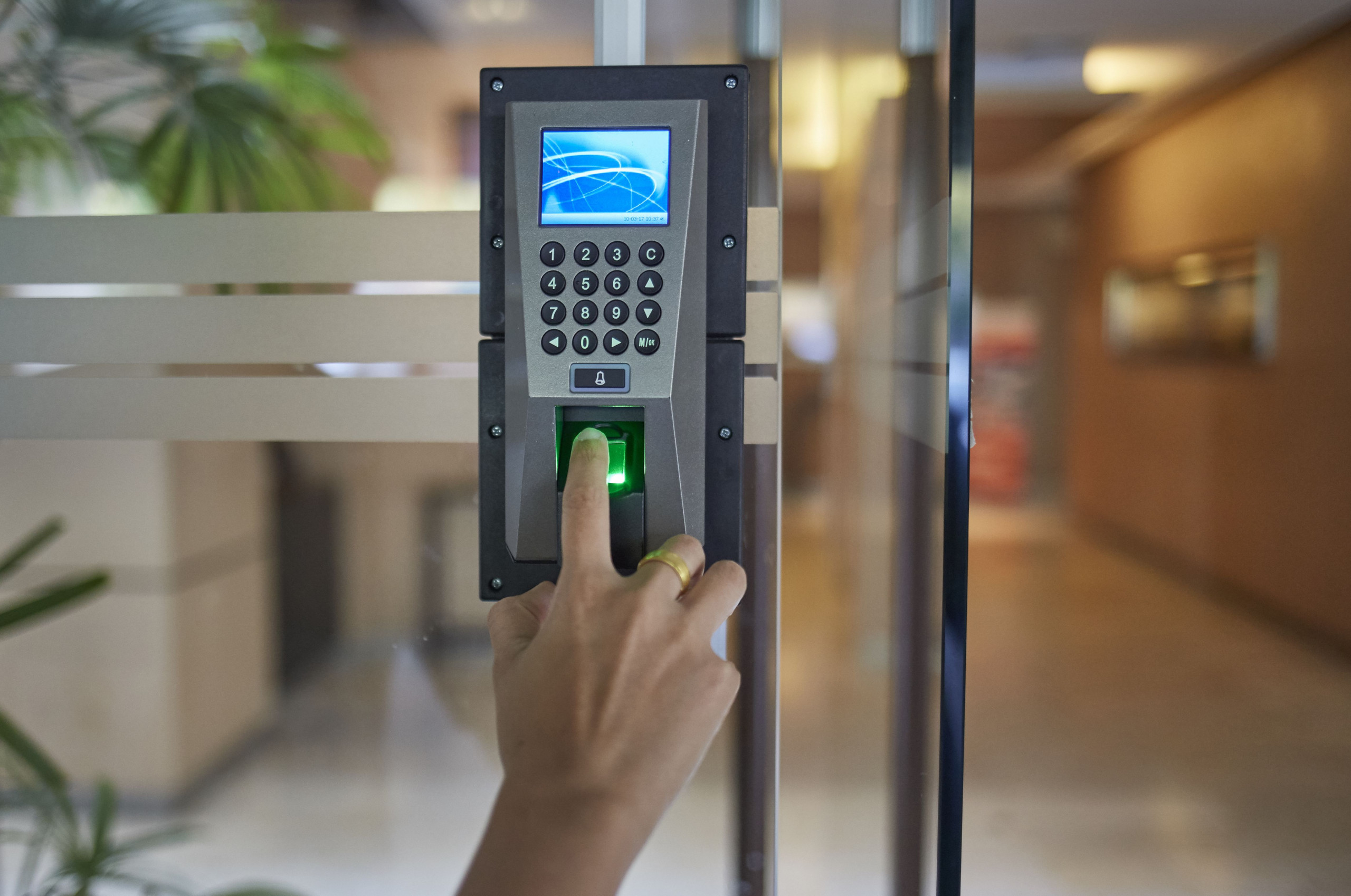Beyond Punching Clocks: How Time and Attendance Systems Revolutionize Workplace Management?
In the steadily developing landscape of current workplaces, the manner in which organizations deal with their labour force has seen a critical change. Gone are the days when workers simply punched time cards or logged hours on accounting sheets. Today, the combination of modern time and attendance system has revolutionized workplace management, offering various advantages that go beyond the conventional clock-in and close down for the day cycle.

- Precision and Proficiency:One of the essential benefits of time and attendance systems is the expanded precision and proficiency they bring to the workplace. These systems take out the requirement for manual timekeeping, decreasing the probability of blunders brought about by human oversight.
- Continuous Information:Time and attendance systems give constant information on representative attendance and work hours. This priceless data permits bosses to have quick experiences into worker dependability, attendance patterns, and work costs. Bosses can go with informed choices quickly, for example, tending to attendance issues or changing staffing levels because of fluctuating demand.
- Smoothed out Finance Handling:With exact time and attendance information promptly accessible, finance handling turns out to be more smoothed out and blunder free. Joining among time and attendance systems and finance programming takes into consideration consistent computation of representative wages, including overtime and other compensation related factors.
- Consistence and Guidelines:Workplace guidelines and work regulations shift starting with one locale then onto the next, and remaining consistent can be a complicated undertaking. Time and attendance systems can be arranged to guarantee that representative work hours line up with lawful prerequisites, for example, overtime rules and rest breaks.
- Representative Responsibility:Time and attendance systems advance representative responsibility by following attendance and dependability precisely. At the point when representatives know that their work hours are being recorded electronically, they are bound to stick to the organization’s attendance arrangements and assumptions.
- Adaptability and Remote Work:In the present unique workplace, adaptability is vital. Many time and attendance systems support remote work and adaptable planning. Representatives can log their hours from different areas, making it more straightforward to oversee remote groups or representatives working external customary available time.
- Worker Self-Administration:Current time and attendance systems frequently incorporate worker self-administration gateways. These entrances engage workers to see their attendance records, demand time off, and update individual data. Representative self-administration lessens the regulatory weight on HR offices and empowers more noteworthy worker commitment.
- Profit from Speculation:While executing a time and attendance framework includes an underlying venture, the drawn-out benefits frequently offset the expenses. The superior exactness, productivity, and consistence, combined with decreased finance blunders and regulatory responsibility, add to a huge profit from speculation after some time.
The time and attendance system have developed beyond the basic demonstration of punching a clock. They have become fundamental devices for present day workplace management, offering exactness, effectiveness, consistence, and worker responsibility. By utilizing these systems, organizations can smooth out their tasks, lessen managerial weights, and cultivate a more useful and consistent labor force. As innovation keeps on propelling, time and attendance systems are probably going to assume a considerably more vital part in forming the eventual fate of workplace management.

